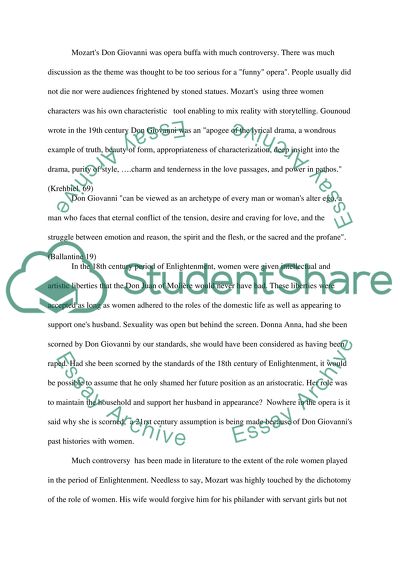Cite this document
(“Mozart's Women Term Paper Example | Topics and Well Written Essays - 2000 words”, n.d.)
Retrieved from https://studentshare.org/music/1420123-mozarts-women
Retrieved from https://studentshare.org/music/1420123-mozarts-women
(Mozart'S Women Term Paper Example | Topics and Well Written Essays - 2000 Words)
https://studentshare.org/music/1420123-mozarts-women.
https://studentshare.org/music/1420123-mozarts-women.
“Mozart'S Women Term Paper Example | Topics and Well Written Essays - 2000 Words”, n.d. https://studentshare.org/music/1420123-mozarts-women.


